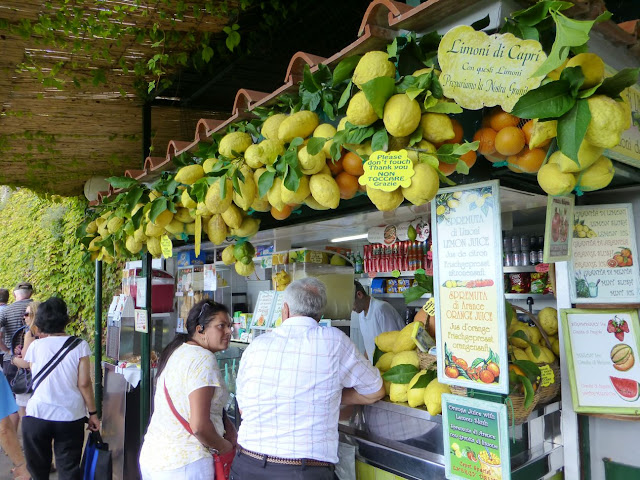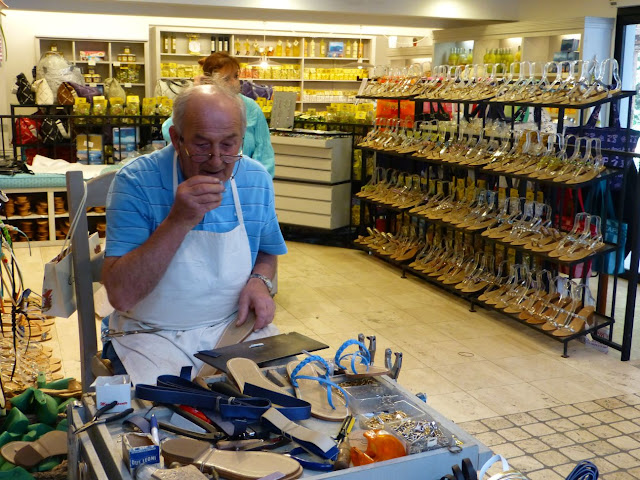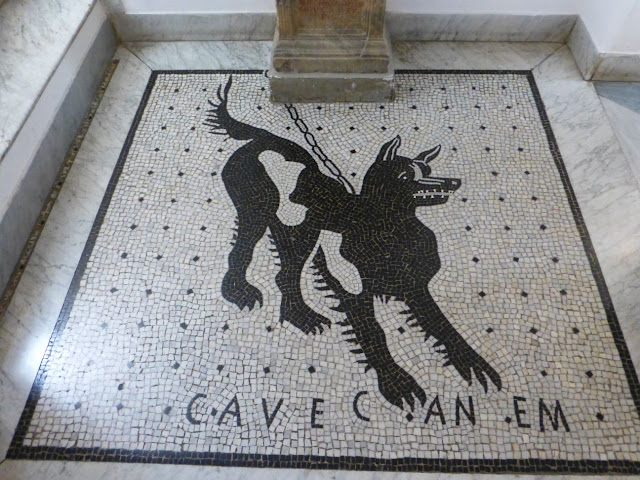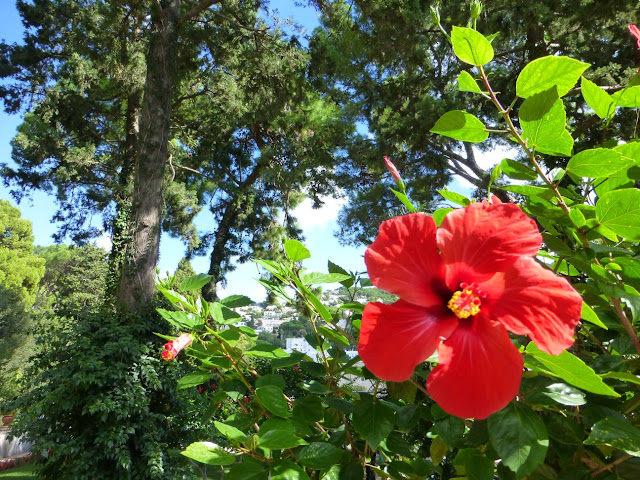
Capri is an island in the
Tyrrhenian Sea off the Sorrentine Peninsula, on the south side of the Gulf of
Naples in the Campania region of Italy. The main town Capri on the island shares
the name. It has been a resort since the time of the Roman Republic.
Features of the island are the Marina Piccola (the little harbour), the Belvedere of Tragara (a high panoramic promenade lined with villas), the limestone crags called sea stacks that project above the sea (the Faraglioni), the town of Anacapri, the Blue Grotto (Grotta Azzurra), and the ruins of the Imperial Roman villas.
Capri is part of the region of Campania, Province of Naples. The town of Capri is the island's main population centre. The island has two harbours, Marina Piccola and Marina Grande (the main port of the island). The separate comune of Anacapri is located high on the hills to the west.
卡普里岛(Capri),又譯卡布里島,意大利那不勒斯湾南部,索伦托半岛外的一个小岛,自从罗马共和国时代以来就以风景秀丽闻名,是著名的旅游胜地。卡普里属于坎帕尼亚大区的那不勒斯省。卡普里市是岛上主要的人口中心。人口2004年底统计为7278人。
无论对意大利人还是对外国人,卡普里都是旅游目的地。在1950年代.在夏季,该岛游客众多。
卡普里有班次频密的渡轮和水翼艇前往那不勒斯和索伦托。






































































